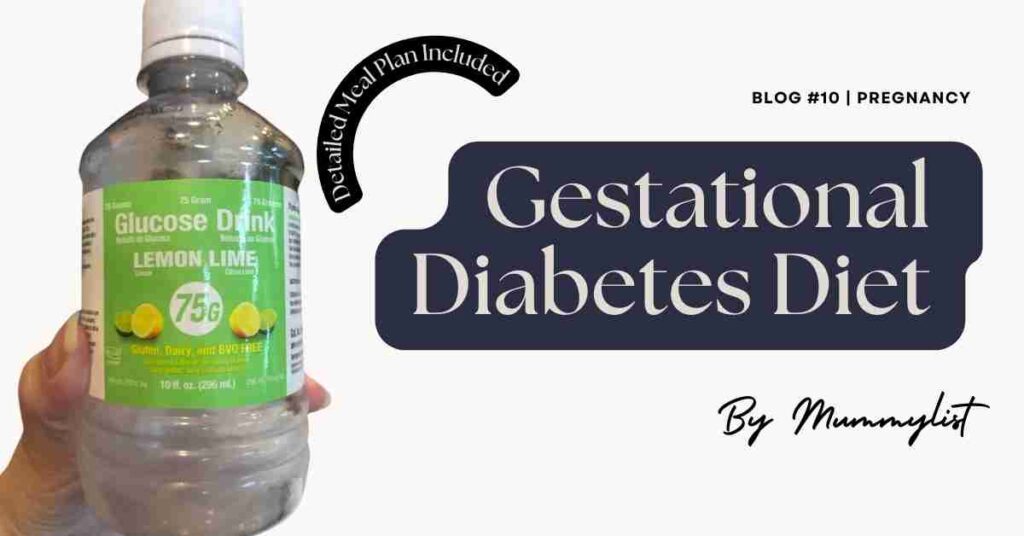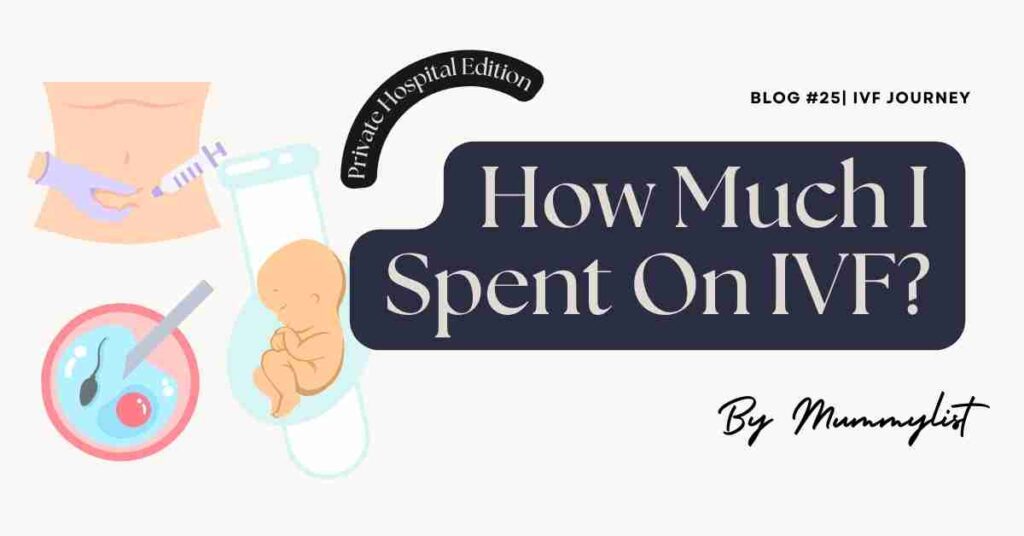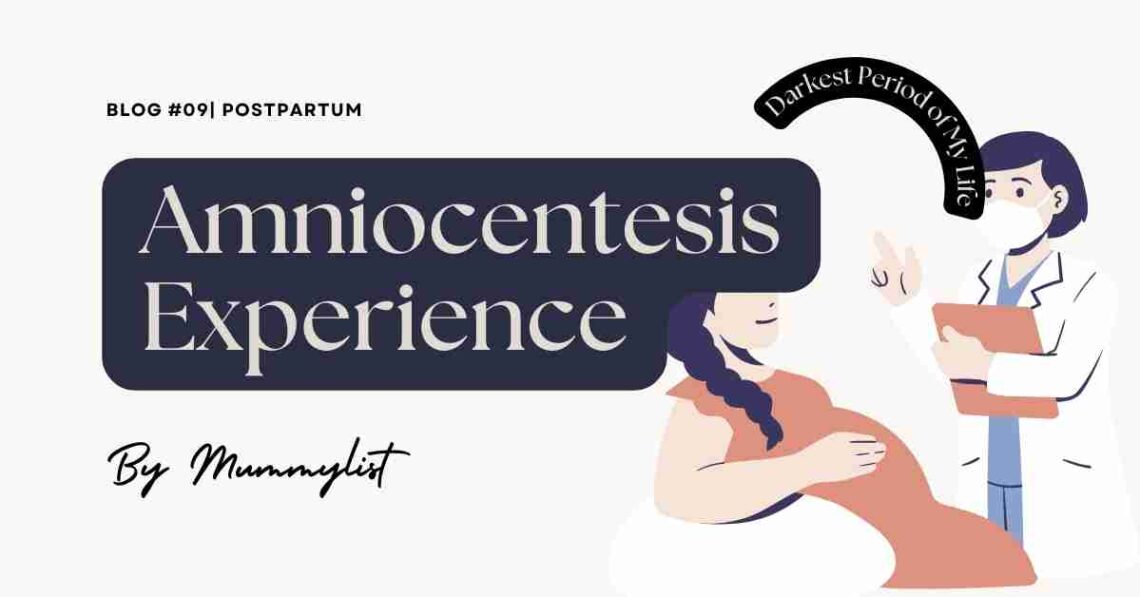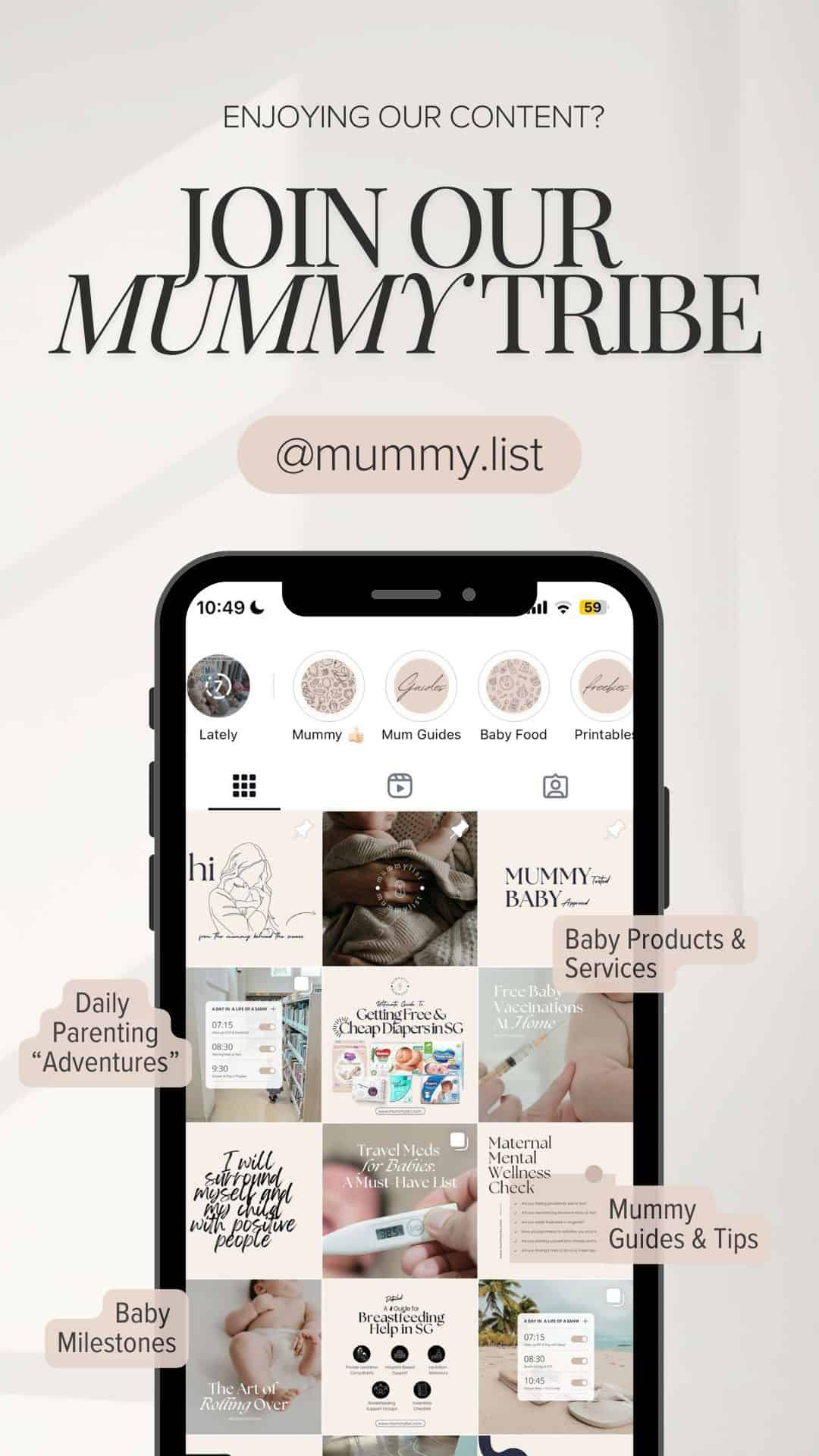The content on our parenting website is provided for informational purposes only. It is not a substitute for professional advice and should not be construed as such. We strive to provide accurate and up-to-date information, but the ever-evolving nature of parenting and healthcare may necessitate changes. By using our website, you agree to the terms of this disclaimer. For more details please go to our Disclaimer Page.
In this chapter of my pregnancy journal, I hope to shed some light into a not commonly discussed experience – an amniocentesis procedure in Singapore.
While the journey towards motherhood was marked by many pivotal moments that sparked joy and anticipation, this was one that brought about much darker feelings – fear and worries.
Hopefully this reflection of my experience will help future mothers who might need to prepare and go through something similar in their own pregnancies.
What is an Amniocentesis Procedure?
Let’s start with the basics. An amniocentesis procedure (a.k.a amnio) is a medical procedure that involves the extraction of a small amount of amniotic fluid from the sac surrounding the foetus in the uterus.
This procedure is typically performed during pregnancy (between week 16 and 20) and is used to gather information about the baby’s health and development. In most cases, it is used for the detection of chromosomal disorders.
Why Did I Need An Amnio?
The beginning of my nightmare started in week 12 -13 when I received the terrible results of my First Trimester Screening (FTS).
At that point, I was still with Raffles Fertility Centre. I remember vividly how I received a call that I needed to head down to the clinic to speak with my IVF doctor. That was when I started to feel uneasy. In my experience so far, doctors generally only wanted to speak in person if there was bad news.
After meeting my primary IVF doctor at her clinic, our fears were confirmed. She solemnly told me and my partner that my results for the FTS was bad. The report flagged up high risks for not just one but two trisomies.
| Risk at time of Screening | Trisomy 21 | Trisomy 18 | Trisomy 13 |
| Background Risk | 1 in 380 | 1 in 910 | 1 in 2861 |
| Adjusted Risk | 1 in 90 | 1 in 2681 | 1 in 66 |
I was also informed that the other screening test I did, the Non-invasive prenatal testing (NIPT), came back with results that indicated low risk for all trisomies, monosomy X and triploidy and other microdeletions as well.
However, my IVF doctor was adamant that it was abnormal to have high risk factors flagged for TWO trisomies. Hence, she felt like she needed to refer us to a specialist as it was outside of her area of speciality. The next steps were to speak with maternal fetal medicine (MFM) specialists to understand our options better.
The Three Doctors We Consulted For Next Steps
My IVF doctor referred us to her colleague, Dr. Chow Kah Kiong, whom we quickly booked an appointment with the very next day.
This was the worst doctor consultation I had in my entire pregnancy. He was extremely unempathetic, pushing us to do an amniocentesis with doomsday scenarios, while shooting down our queries. Throughout our discussion, he completely ignored the fact that I had low risk results from my NIPT. By the end of the session with him (which I cut short), I was left shaking with anger and fear.
After that unfruitful session, my husband quickly booked another consult with an MFM specialist in the field Dr. TC Chang. At the same time, I also booked one with famous IVF doctor Dr. SF Loh (whom I was also considering for my delivery then).
Over the next two days, we consulted with these two other doctors for second opinions. These was done based on the SAME screening test results and new scans done in their respective clinics.
The result? Both doctors did not think an amniocentesis was required because of the low risk in my NIPT. Different recommendation aside, the significant difference between them and the first doctor was like night and day. Both were extremely empathetic as doctors, listening to our concerns, and being reassuring in their response instead of fear mongering. Till this day I am extremely grateful to them both.
Deciding To Do The Amniocentesis
After taking time to cool down, we still decided to go ahead with the amniocentesis procedure. The reason reason? We wanted to know definitively if our baby was healthy and did not want to live in uncertainty.
Eventually, we decided to go with Dr. TC Chang at the Fetal Assessment Centre (FAS) to perform the procedure. After speaking to him during our consultation, I knew in my heart I wanted him to do the procedure. Not only was he extremely kind and reassuring, but he is one of few doctors in Singapore who performs this procedure frequently.
The fear of a miscarriage (1 in 200) after trying so hard to get pregnant was extremely real. Hence knowing his level of experience helped me feel a bit more confident that I can get through it safely.
The Weeks Before the Amnio
To ensure accuracy of sampling results, and reduce risk of complications, most amniocentesis procedures are recommended to be done only after week 16.
As such, I had to endure two weeks of waiting in limbo. To be absolutely honest, it was a horrible two weeks of just reading up about the genetic disorders, experiences of people who have gone through similar procedure and their outcomes and more. There was a lot of internal spiralling and endless bouts of crying due to stress and worry. And then further stress and worry that all these negative emotions would impact the baby.
To any mothers out there who is going through something similar, please know that your emotions are absolutely valid. Take your time to process it. Speak to a professional counsellor to process your emotions if need be. I did so and I do think it helped me tide through the tough times better.
The Day Of The Amnio Procedure
My procedure was scheduled in the afternoon so I had a simple lunch before heading down to the clinic. There the nurse went through the details of the procedure, what to expect during and after the procedure. These information was also inside a brochure they sent me beforehand too which I read and re-read many times over.
We also confirmed the tests (differs depending on your requirements) that we will be sending the amnio fluid samples for. In our case we did the following:
- QF- PCR (rapid results in 3 to 5 days)
- Chromosome Analysis (8 to 14 days)
- Chromosome Microarray (CMA) (2 to 3 weeks)
We then proceeded to take samples of each of our bloods (both partner and I). Following which I went into the procedure room to wait. From my understanding, in most cases the partner is not allowed in the room while the procedure is done.
The Amniocentesis Procedure Experience
Here’s how it went for me:
- Preparation:
- The nurse helped me get comfortable on the examination table. Then the doctor used the ultrasound machine to locate the foetus, placenta, and a suitable pocket of amniotic fluid. He also told me what he’ll be doing and reassured me that the baby is far away from the pocket of fluid that he’ll be extracting.
- Ultrasound Guidance & Needle Insertion:
- With the help of the ultrasound machine, he then carefully inserted a long, thin, hollow needle through my abdominal wall and into the amniotic sac.
- With no numbing agent whatsoever, I held my breath as the needle pierced through me. There was a sharp pain but all I could focus on was the screen. I kept my eyes trained on the ultrasound monitor, willing that the baby did not move unexpectedly.
- Amniotic Fluid Collection:
- Once the needle is in position, the doctor swiftly withdrew the amount of amniotic fluid required. Then he withdrew the needle. And there it was, over within less than 5-10minutes.
- Post-Procedure Monitoring:
- After the procedure, I continued to rest on the examination table for almost an hour while they monitored me for any potential complications. This normally takes about 30 minutes. But because I experienced mild cramping I decided to rest longer until I felt the cramps go away.
- Medication & Bedrest:
- After the procedure, the nurse went through the support medication that I needed to take and reminded me to bed rest for the day. As my doctor shared that any complications usually occurred within the first 48 hours post procedure, I was extremely careful to just rest in bed for the next few days.
The Wait For the Results
The 3 days after the procedure was pure agony. I was suffering physically from increased nausea due to the support medication, and suffering mentally from the incessant worrying of the outcome.
Fortunately, the QF-PCR results came in quickly within 3 days with a negative result for trisomy 13, 18 and 21. The minute we got the result, both me and my partner just broke down crying for joy.
At the same time while we were so thankful for this result, we also were aware that there is a more comprehensive report we needed to clear in 2 weeks time. Hence we were hesitant to celebrate too much.
Two weeks crawled by agonizingly. And 3 days before Chinese New Year, we finally got the full report clearing us of all the tested genetic abnormalities.
In an instant, all the weight of the world just lifted off our shoulders, and we had another crying session before we finally broke the news to our family and close friends to thank them for their prayers that helped tide baby through.
Final Thoughts On My Experience
Having to go through an amniocentesis procedure is definitely an experience I wouldn’t wish upon anyone. However, if you do have to go through it for whatever reason, I want to be here to assure you that it’s a safe procedure done by many other women so I hope that can allay some of your fears.
My suggestion for anyone who needs to go through this? Find yourself an experienced and empathetic doctor to help minimize the risk and to give you the necessary support through this tough decision. Also if possible, reach out to friends and family you can rely on for support because it will be a difficult time for you.
Find this article useful? Do help share this article with your fellow mummy and daddy friends and spread the love! It’s not easy putting all this information together and I do hope for more to benefit from it! For more baby essentials and helpful tips, check out our other articles here:











One comment on “My Amniocentesis Procedure Experience in Singapore”